Geordie Pickard’s dream boat began in mid-2020 with a sketch and culminated in June 2021 with a launching.The Pickard family lives on Vancouver Island in British Columbia which is where Geordie grew up. They also own a cabin on the tiny, off-grid Ruxton Island, one of the Gulf Islands north of Victoria. For much of 2019, Geordie and his wife, Erin, lived on Ruxton and commuted back and forth to Duncan on Vancouver Island. At the time, says Geordie, they owned a “big heavy production boat with an I/O engine. It was built to handle Georgia Strait and was unnecessarily big for the shorter, more sheltered run to Vancouver Island. And the gas we used on the daily commute was killing me.” The original sketch shows the wide open cockpit but also a pilothouse; the boat was launched without it, but Geordie plans to build one over the winter. The removable pilothouse will have molded-rubber cooler latches to make it easy to put on and off the boat.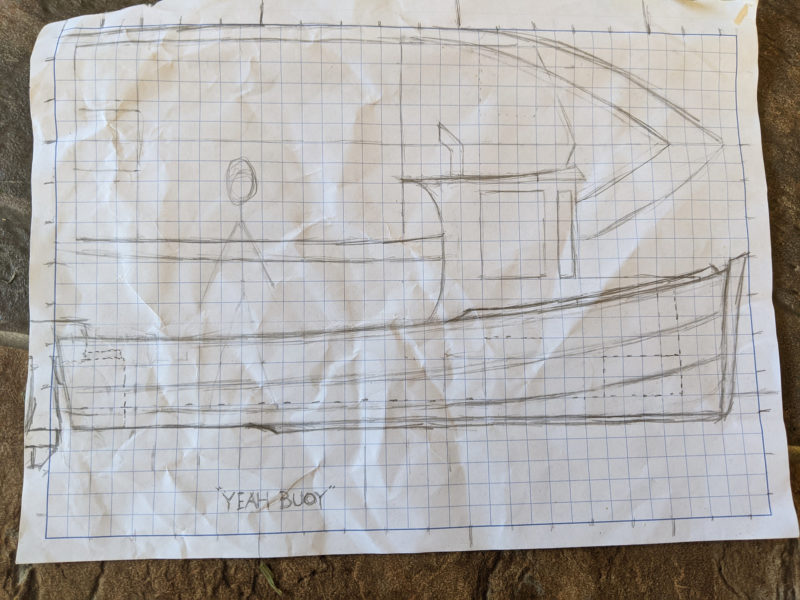 Photographs courtesy of the Pickard family
Photographs courtesy of the Pickard family
Join The Conversation
We welcome your comments about this article. If you’d like to include a photo or a video with your comment, please email the file or link.


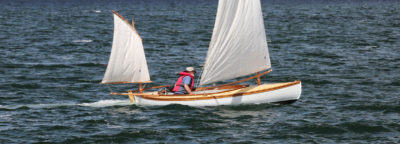

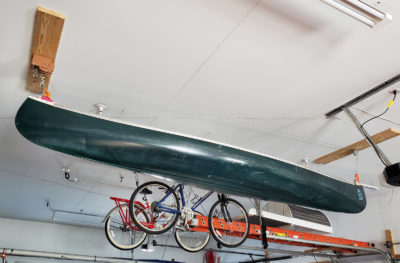

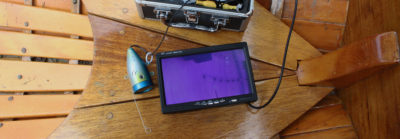
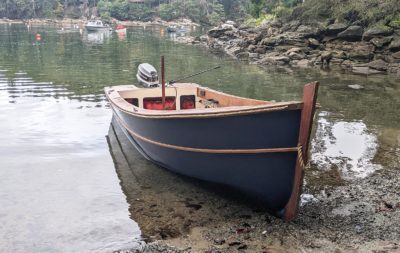
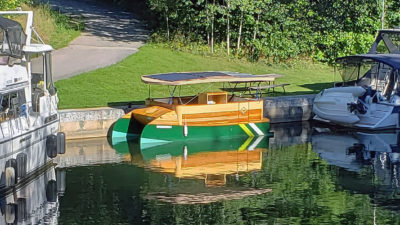
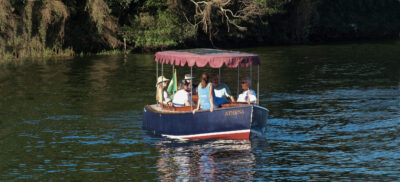
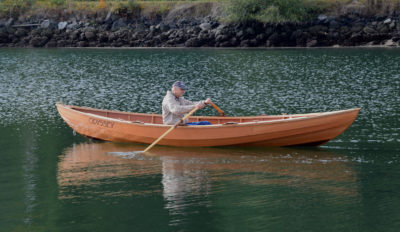
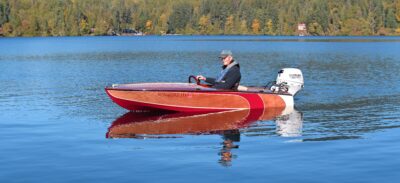
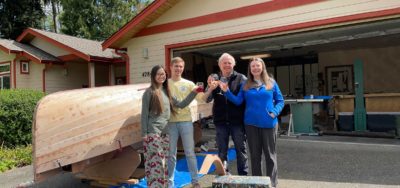
Good morning.
What type of plywood did you use and in what dimensions?
Are you sharing the plans?
Now I have to go remeasure my garage, LOL. Very clean boat. I am on the Sound as well. Finishing up fixing an old fiberglass kayak for now but will probably do something like this in a few years when my kid can help.
More articles like this please. Doable boats on reasonable budgets. It’s nice to look at the fancy ones but getting on the water this is the way.
The hull was 1/4″ meranti; the sole was 3/8″. I don’t really have complete plans, I just drew hull panels for 4×8 sheets (some scarfed together as described) and made some of the details up as I went – this may be the case for most boats, though.
I don’t have a specific means by which to distribute the information I do have; if there’s interest though I’d look into publishing an e-book or something that includes the panel dimensions and explains the process. I’m not looking to profit off it or anything, I just don’t want a ton of people seeing “free boat plans” and then emailing me a million times because they want a free boat and have no experience building, and this is now somehow my responsibility.
Anyway I would happily share the plans, such as they are. I’d love if if there were more than one out there. Anyone truly interested in building the boat is more than welcome to the information I have. Just leave a reply to this comment.
I would be interested. She’s a beauty! I typically work from a table of offsets but would adapt to whatever you were willing to share.
I would be willing to send a few dollars for the time you would have invested in your ebook as well if you decide to pursue it.
Geordie, really nice little skiff you’ve put together. I’ve been thinking about a similar design. The removable cabin idea seems ideal for our weather out here. My shop is full at the moment, but I would interested in helping put together some plans in the future. I am shipwright/boatbuilder based in Seattle and would love to see more of these on the water.
Simple, clean and attractive. Well done!
Hi from NZ. Very nice build. What size outboard power are you using please?
The motor is a 25-hp Evinrude, early 1980s.
Christopher Cunningham, Editor
Great! One of the most simple, high power-to-weight-ratio, reliable outboards ever made!
Nice looking boat, and the family smiles tell how satisfied they are with it.
That’s a very attractive but obviously sturdy skiff. It would be ideal for cod jigging here in Newfoundland.
Great looking boat! Do you mind if I ask, what’s the software being used in the images?
Thanks,
C
Mid-Coast Maine
Would love to discuss the boat plans with you as she would be ideal for Nova Scotia waters. Nice design.
Chris
Would also pay for a set of plans, should they become available
In 2014, at age 68, a friend and I built one of Chesapeake Light Craft’s Peeler Skiff kits for many of the same reasons Geordie Pickard built YEAH BUOY. The resulting flat-bottomed skiff is hands-down, and dollar for dollar, the best investment in a boat I’ve made in a very long career as a boat owner.
Nine years later, she has proven to be an excellent family boat and still spends her summers on Rhode Island’s Narragansett Bay paying back the low cost of building, operating, and maintaining her with more fun per dollar than the long lost of more expensive boats I’ve owned.
How about the cabin/pilot house? I built a Point Comfort 18 and I’ve fantasized about adding a pilot house.
Cheers,
Steve